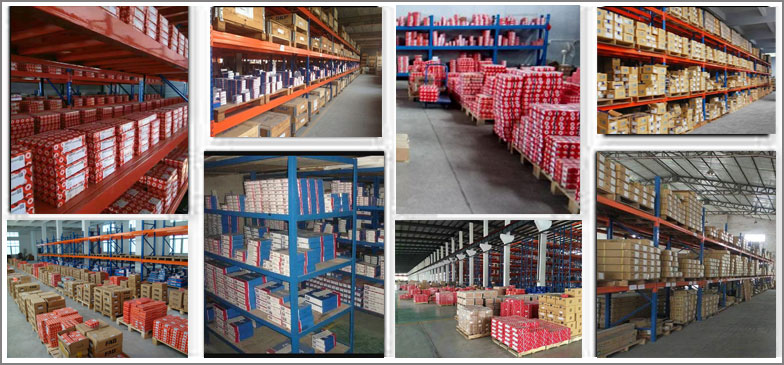Basic effect on the use of grease lubrication

We can provide free samples . Please contact Email for any inquiries
Grease the mechanism of action of the soap grease lubrication, many scholars have done a lot of research work, but still there is no uniform understanding, pending further research to resolve.
Generally speaking, most scholars believe that the soap grease metal soap and suction to stay in the soap inside the base oil composition of three-dimensional structure system. Soap - oil gel particle dispersions concept that soap grease to oil as the dispersion medium and soap - oil gel particles dispersed phase structure of dispersion system. Therefore, the mechanism of grease lubrication will have the following view.
Is generally accepted that the role of the metal soap or released from the thickener base oil to the contact surface of the friction pair, the base oil in this surface by external force and lubrication. This view can only see the play a real base oil lubrication, only just based on the following test results obtained by the different bowl agent, thickening the same base oil, grease, the friction coefficient . Another view is that the base oil and thickening agent can act as a lubricant.
Comparison of experimental results based on the grease with a separate base oil, as well as the relationship between the lubrication properties of grease and the shear strength of the towers of the agent. More comprehensive view is that the grease lubrication, partly due to the role of the base oil, and more importantly, depends on the specific binding of the pasting agent base oil after both different small base oil is different from the thickener lubricating properties.
1) thixotropy
Grease has the basic characteristics of thixotropy. When an external force is applied, the flow of grease to soften the performance of the viscosity reduction, but once at rest, after a period of time (very short), the consistency increased again (recovery), this feature is called thixotropy. This feature of the grease, can not suitable for lubricating parts of the lubrication, and show that it is an excellent performance.
2) Viscosity
The grease is usually apparent viscosity or similar viscosity to temperature and shear rate on the viscosity of the grease must be specified. Can be similar to the viscosity index to control the low-temperature fluidity and pumpability.
3) the ultimate strength of
Strength limit of the grease is the minimum shear stress required to cause the sample starts to flow, also known as the ultimate shear stress. Grease intensity limit is a function of temperature, the temperature the higher the fat the ultimate strength of the smaller, lower the temperature, the larger the strength limit of the fat, its size depends on the type and content of the thickener, and to fat conditions also have some relationship.
4) low-temperature fluidity
One of the important indicator to measure the performance of grease low temperature low temperature torque at low temperatures (below -20 ° c) grease to block low-speed flow of the extent of bearing rotation, the low temperature torque of greases by the starting torque and rotational 60mm after the torque mean value.
5) drop point of grease under prescribed conditions to reach a certain minimum temperature mobility referred to as the drop point. Dropping point of grease to help the maximum operating temperature of the differential grease type and a rough estimate of the grease, In general, fat for soap, the use of temperature should be below the higher the drop point for 20 ~~ 30 ° c drop point better heat resistance.
6) evaporation
Evaporation of grease (degrees) Grease long-term use in high temperature conditions, grease, oil volatile level, the smaller the better evaporation. Fat evaporation mainly depends on the nature of the lubricating oil and distillate composition.
7) the colloidal stability
The colloidal stability of the grease is grease to maintain a stable colloidal structure under certain temperature and pressure, to prevent the precipitation of performance of lubricating oil from the grease is grease the ability to resist the oil separator. Usually translated into the amount of oil grease precipitation mass fraction. Colloidal stability of the grease reflects the grease in the long-term storage and the practical application of hours of oil trends, if the colloidal stability of the grease in the heat, is liable to occur under severe pressure, centrifugal force and the role of oil separator, leading to life quickly reduce and thickens the grease dries out, the loss of lubrication.
8) Oxidation Stability
Oxidation stability of the grease in the resistance to heat and oxygen role in maintaining the long-term storage or long-term high temperature use, by its nature is not permanent change. Often occurs due to the oxidation of the free alkali content of the reduced or free organic acid content increased, decreased drop point, become darker in color appearance, different odor, consistency, ultimate strength, similar to the viscosity decreases to generate corrosion products and the destruction of grease structure substances, soap oil separator.
Therefore, in the long-term storage of the grease should be stored in dry and ventilated environment, prevent sun exposure, and changes in the free base or free organic acids, corrosive and other projects should be checked regularly to ensure its quality and performance




